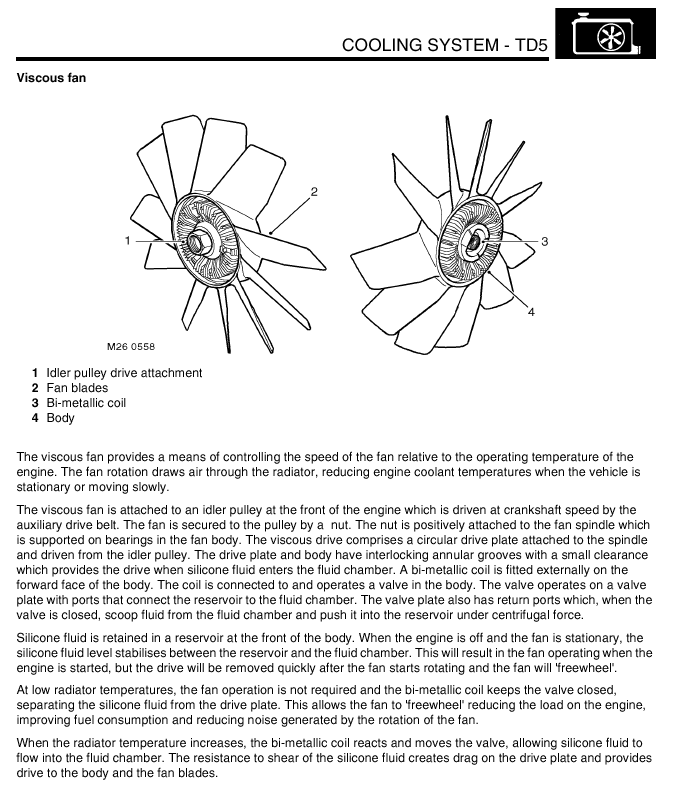Thanks Bobdog for having a good read through the post. But my system is no longer subject to pressurisation in the coolant system as it appears that the cap although only 10 months old (I replaced it after having trouble after I had bought the car) had failed and would not release pressure into the overflow system. My hoses had split, possibly due to old age and some oil in the system, but also the extra pressure due to the cap not operating properly. Factors: pump not working as it should, radiator clogged and to be verified; a crack in the head allowing the coolant (one litre every five miles) to leak into the exhaust port. Repairs: new pump, four hoses, new radiator. I agree from what I have read that the car does not seem to need a fan, except under arduous conditions. However the fan was the last item to be checked. As I have mentioned, there is no evidence of a failed head gasket unless it can fail and let coolant enter the exhaust system. There is no coolant in the oil, no oil in the coolant and no exhaust gas in the coolant, all there is, is a loss of coolant, with no leaking hoses. Otherwise the car is fine.
When I first bought the car on driving it away from the garage where I bought it the fuel line split, 30 miles away down the M5. The AA took the car back to the garage and ferried me home. The fault was rectified but I still had trouble with overheating and the head gasket was replaced under warranty. I don't think the garaqe carried out its 131! checks on the car's condition before releasing it for sale.

